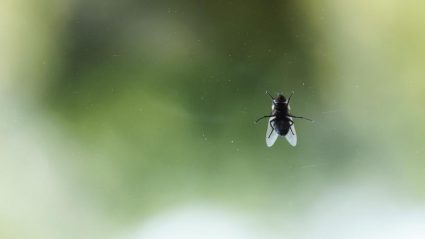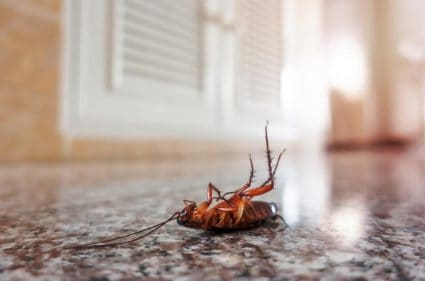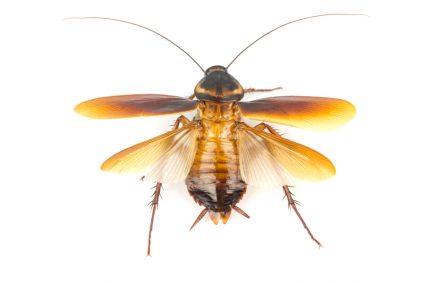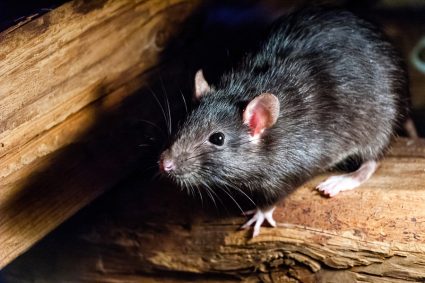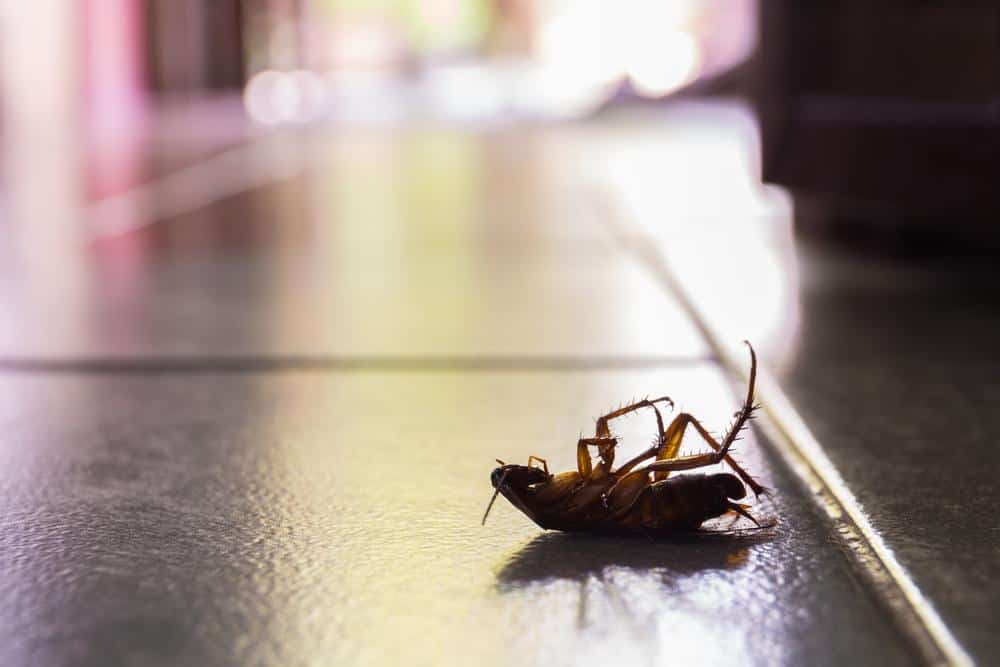
Water roaches, also known as Oriental cockroaches (Blatta orientalis), are insects often mistaken for true water bugs due to their preference for damp, dark, and cool areas. These insects can be found in various habitats, indoors and outdoors, and pose potential health risks if they infest homes. This comprehensive guide will take you through everything you need to know about water roaches, from their physical characteristics to their diet, habits, and control measures.
Water roaches, also known as Oriental cockroaches, are insects that prefer damp, dark, and cool environments. They are black or dark reddish-brown in color, and measure about three-quarters to one inch in length. They are scavengers that consume decaying organic matter and can pose potential health risks if they infest homes. Controlling a water roach infestation involves cutting off their water supply, cleaning up food sources, sealing entry points, and using bait and insecticides.
Physical Characteristics of a Water Roach
Water roaches are typically black or very dark reddish-brown in color, with a slightly greasy appearance. They are generally smaller than giant water bugs, measuring about three-quarters to one inch in length. Unlike other cockroach species that have long antennae, water roaches have short ones. Males have stubby wings, while females have none at all. Their six legs are spiked, and their mouthparts include a pointed, short beak with a piercing mouth.
Preferred Habitat and Conditions
Water roaches prefer dark, damp, and cool environments. They can often be found in sewers, underneath debris, leaves, stones, and firewood, as well as in voids beneath porches. Indoors, they gravitate towards damp, cool locations such as basements and crawl spaces, and are usually found around toilets, sinks, pipes, and service ducts.
Diet of a Water Roach
Water roaches are scavengers that primarily eat decaying organic matter. Their diet includes rotting food, raw sewage, and decaying wood. They particularly enjoy starchy foods but can consume a wide range of items, including other insects, human feces, skin flakes, hair, and even books.
Identifying a Water Roach Infestation
Sightings of these dark brown insects with long antennae are a clear sign of an infestation. Additionally, a musty odor in your home, especially around drains and pipes, may indicate their presence. Finding egg casings during regular cleaning also signals a potential infestation.
Preventing and Controlling a Water Roach Infestation
Preventing or controlling a water roach infestation involves cutting off their water supply, cleaning up food sources, sealing entry points, and using bait and insecticides. Natural remedies like a mix of baking soda and sugar or a soapy water solution can also be effective. In severe cases, hiring a pest control professional may be necessary.
Health Risks Associated with Water Roaches
Water roaches can carry and spread bacteria, viruses, and other disease-causing organisms, potentially leading to illnesses like diarrhea, cholera, typhoid fever, and others. They can also trigger allergies and asthma attacks in sensitive individuals.
In conclusion, while water roaches are a common nuisance in many homes, understanding their behavior, habits, and preferences can help in effectively managing and controlling their populations. By maintaining good hygiene practices and taking preventive measures, you can keep your home free of these pests.
Frequently Asked Questions
What’s the lifespan of a water roach?
A water roach’s lifespan varies depending on its environment and availability of food, but typically, they can live for about a year.
Are water roaches dangerous to pets?
Directly, water roaches are not harmful to pets. However, they can carry bacteria and other harmful pathogens that may pose a risk to pets if ingested.
Do water roaches fly?
No, water roaches cannot fly. Although male water roaches have wings, they are not functional for flight.
Can water roaches survive without water?
Water roaches, like all living organisms, need water to survive. However, they can live for about a week without water, depending on the conditions.
What’s the difference between a water roach and a regular cockroach?
The primary difference is their habitat preference. Water roaches prefer damp, dark, and cool environments, while regular cockroaches can adapt to a wider range of environments. Also, water roaches are typically darker and smaller than regular cockroaches.

